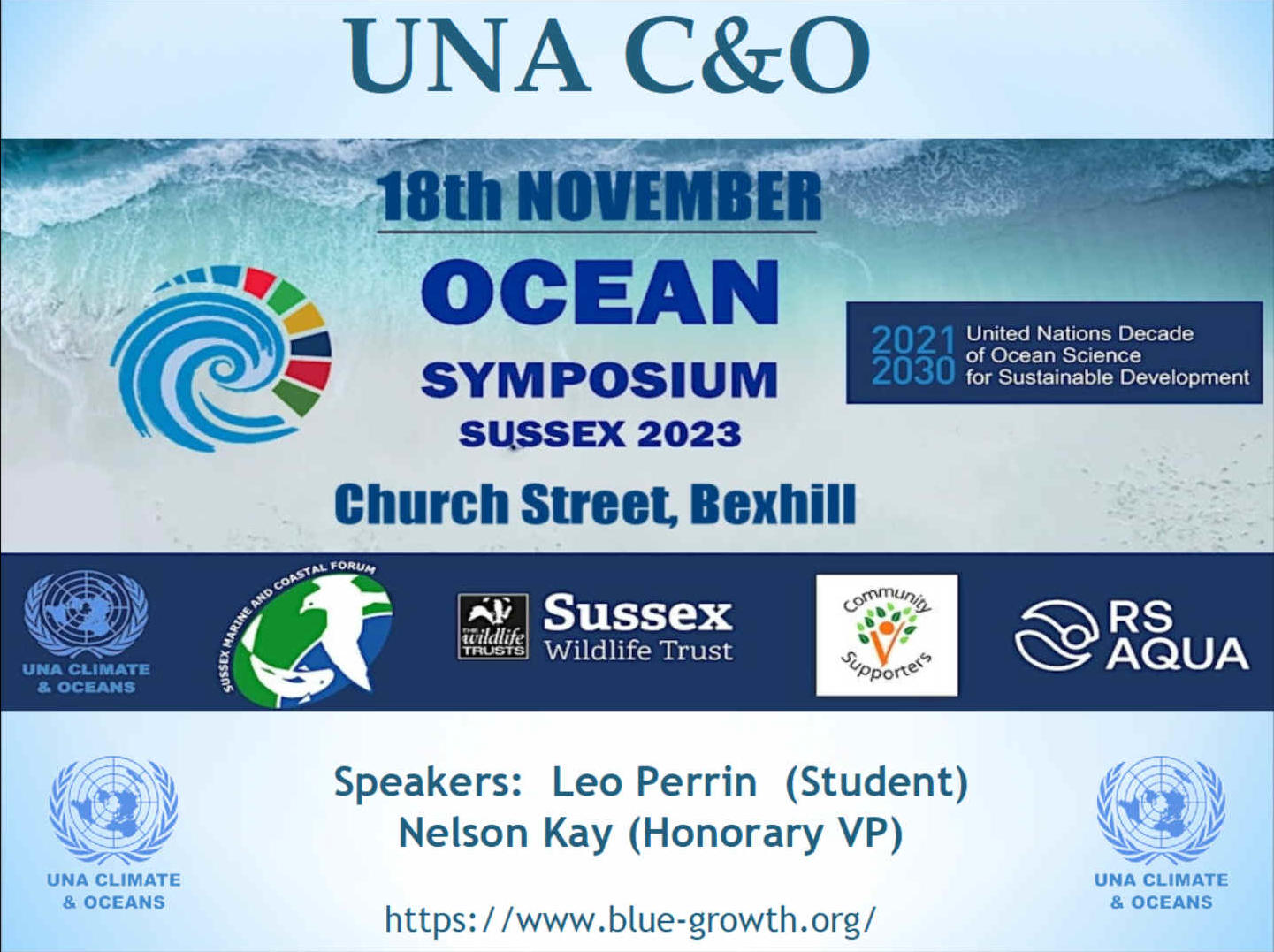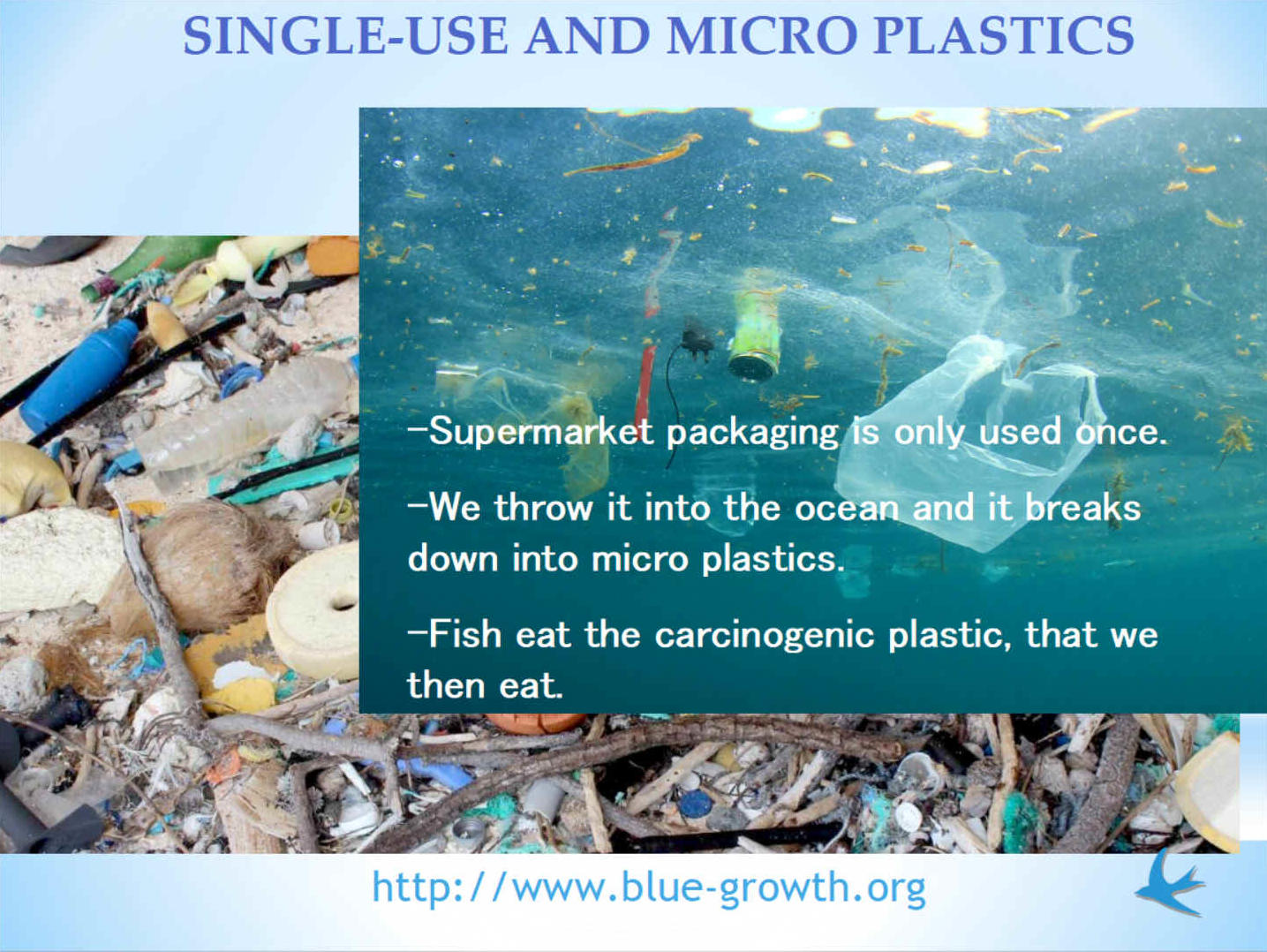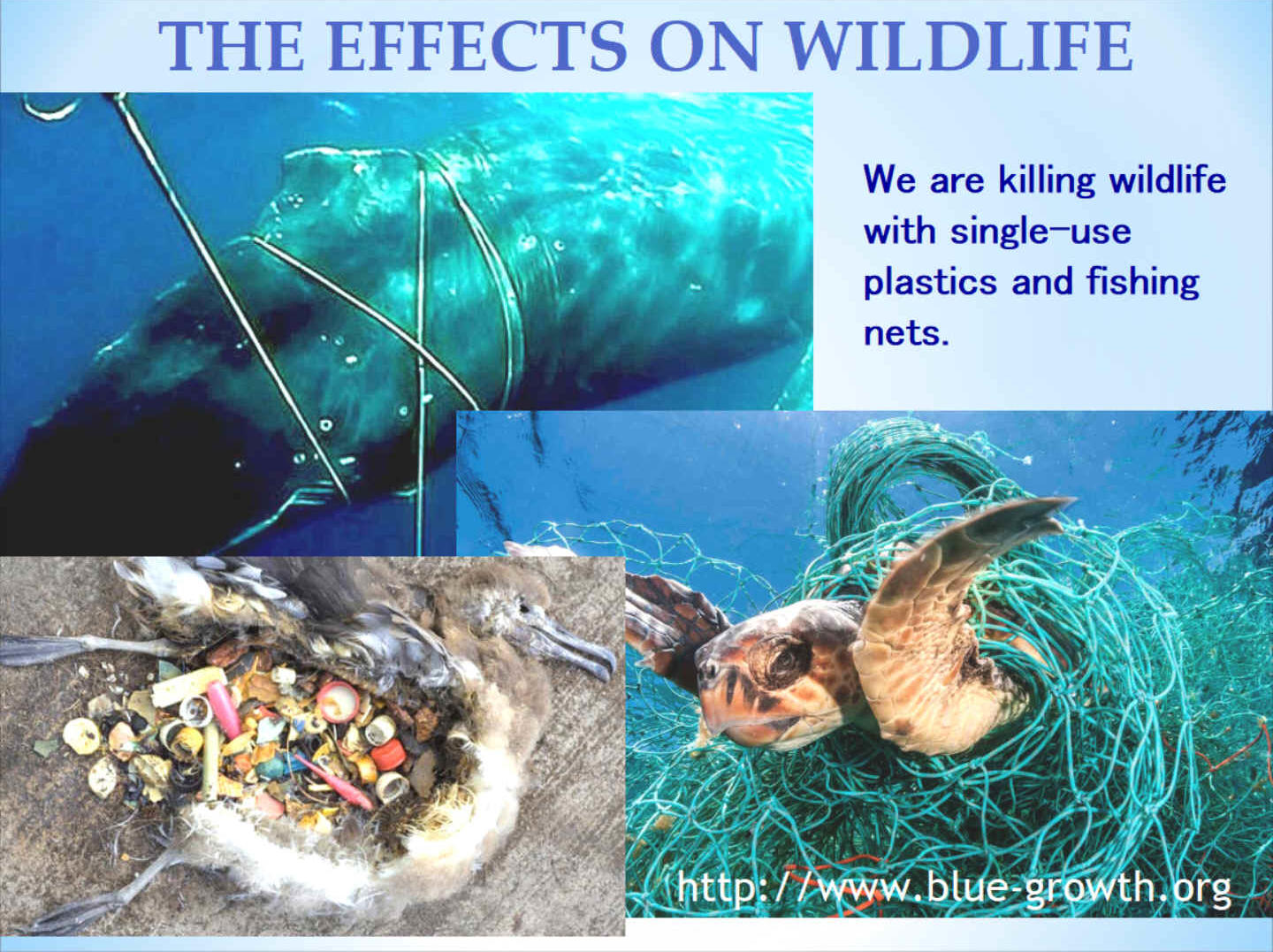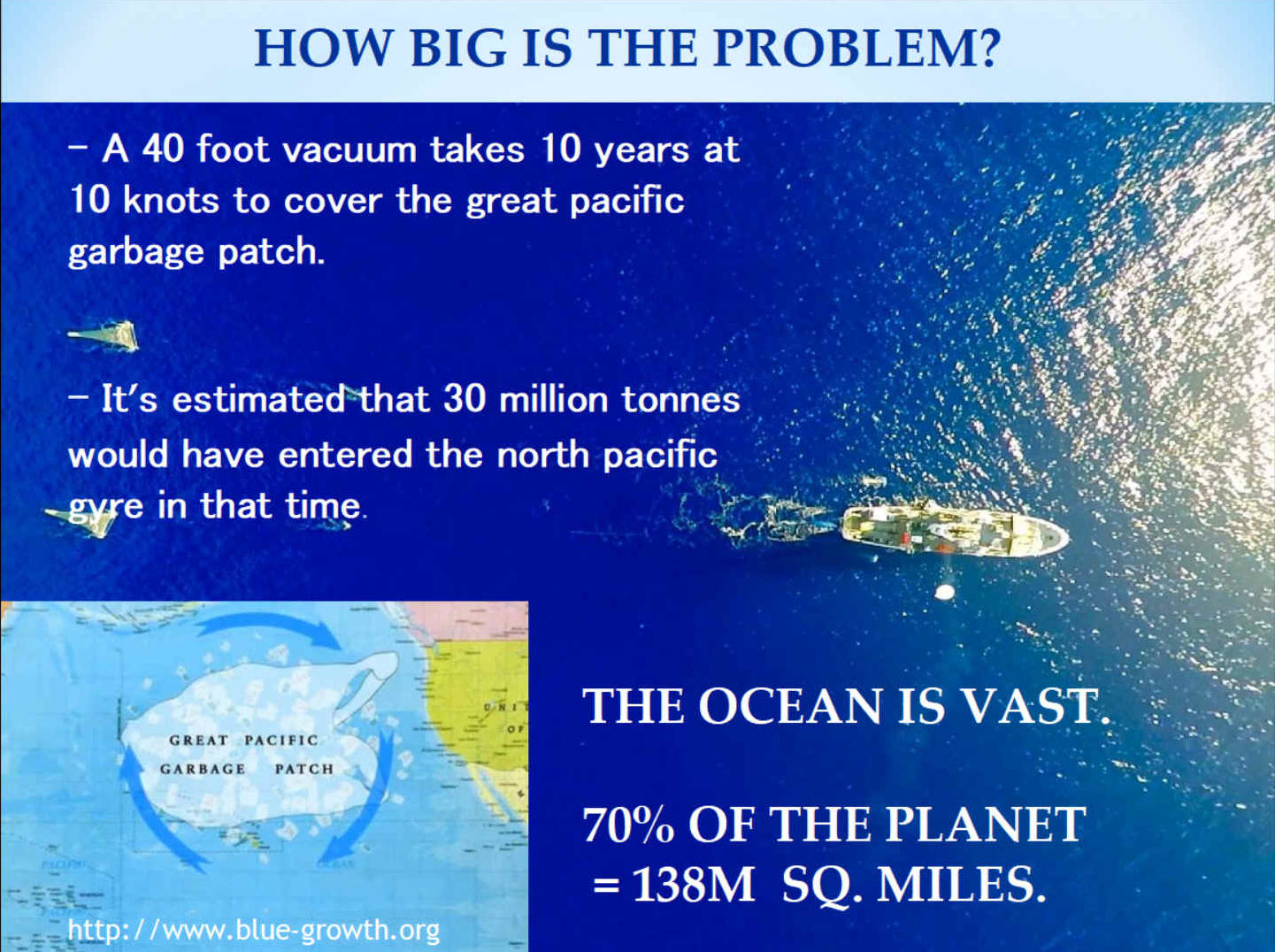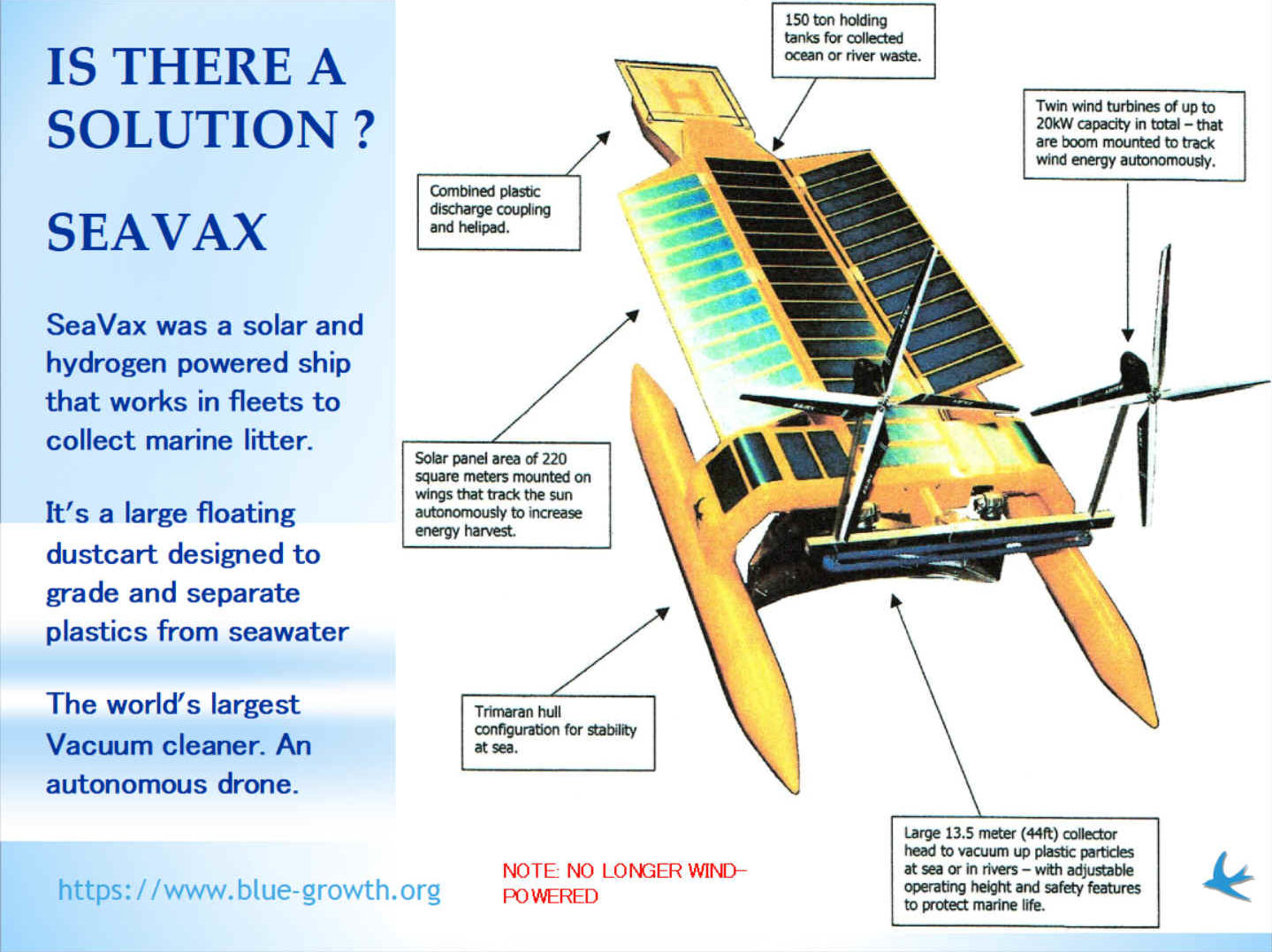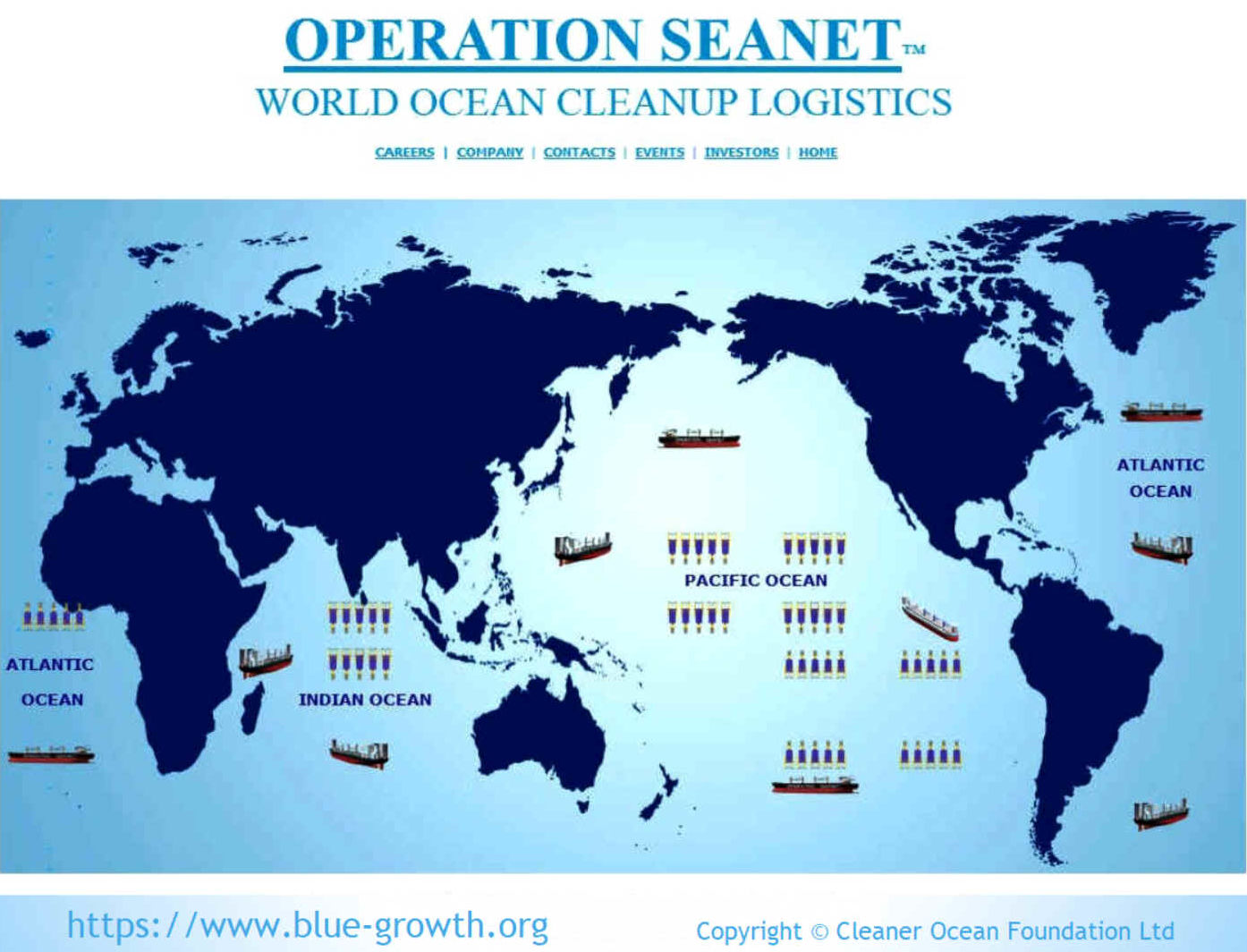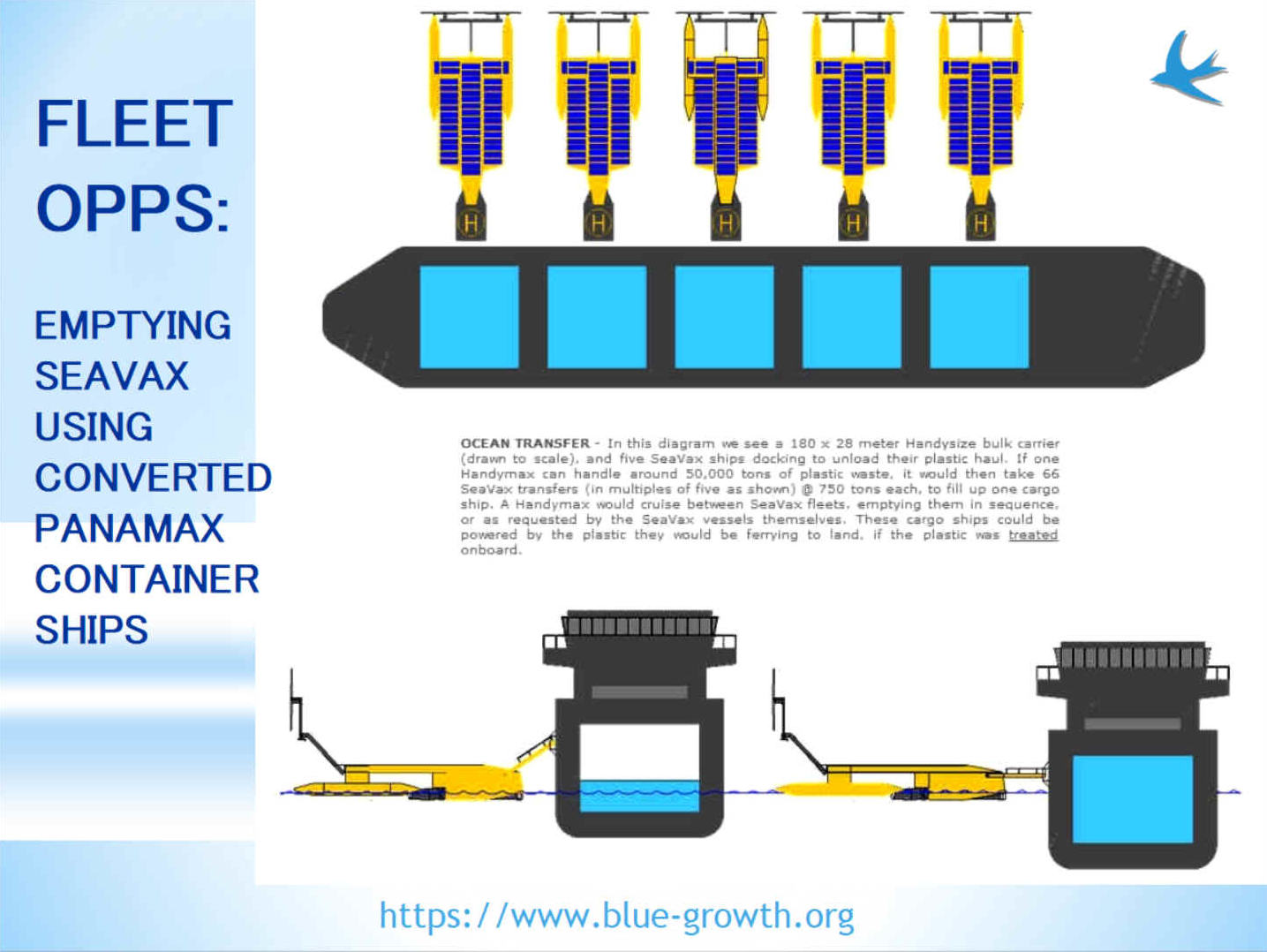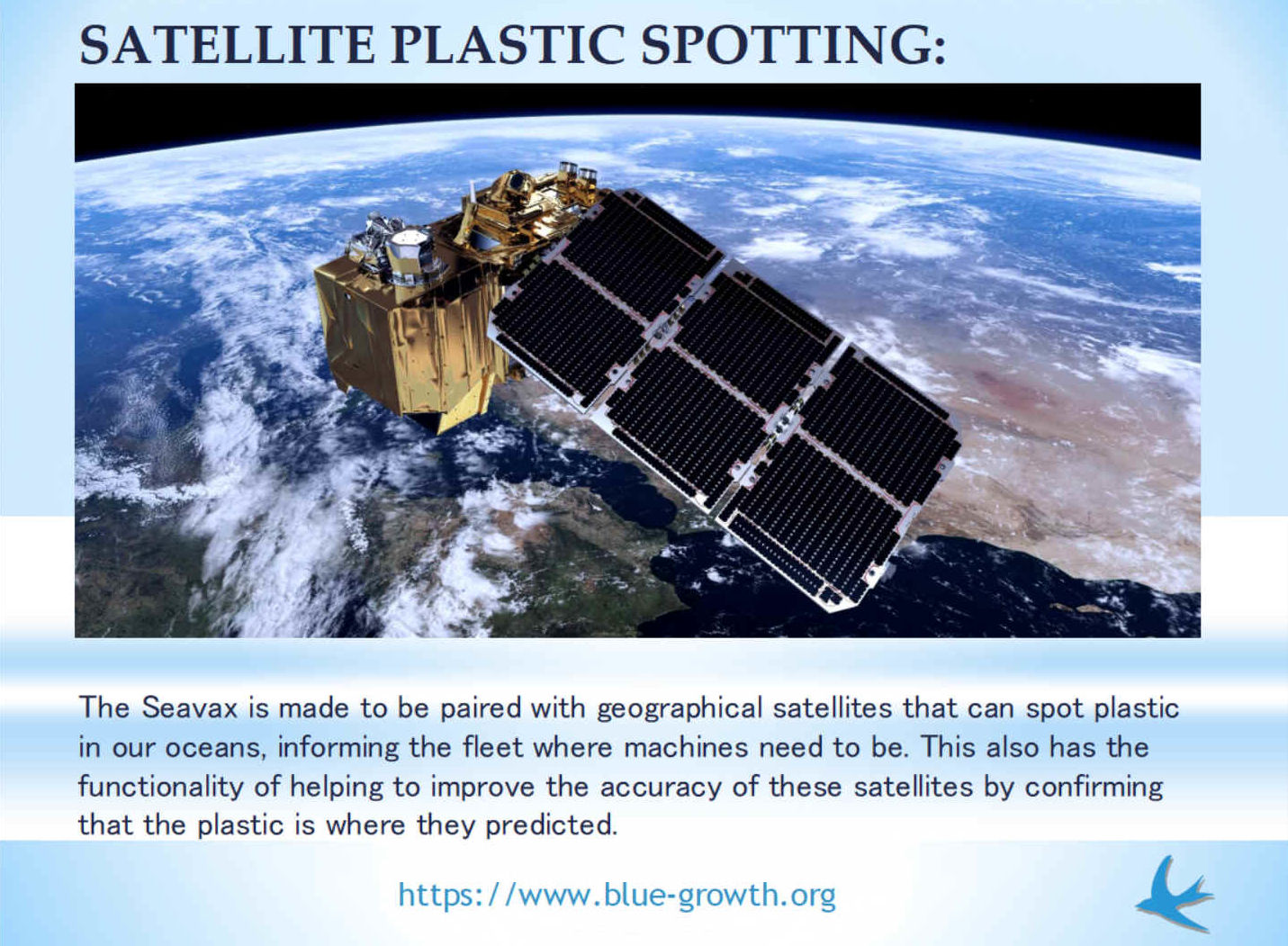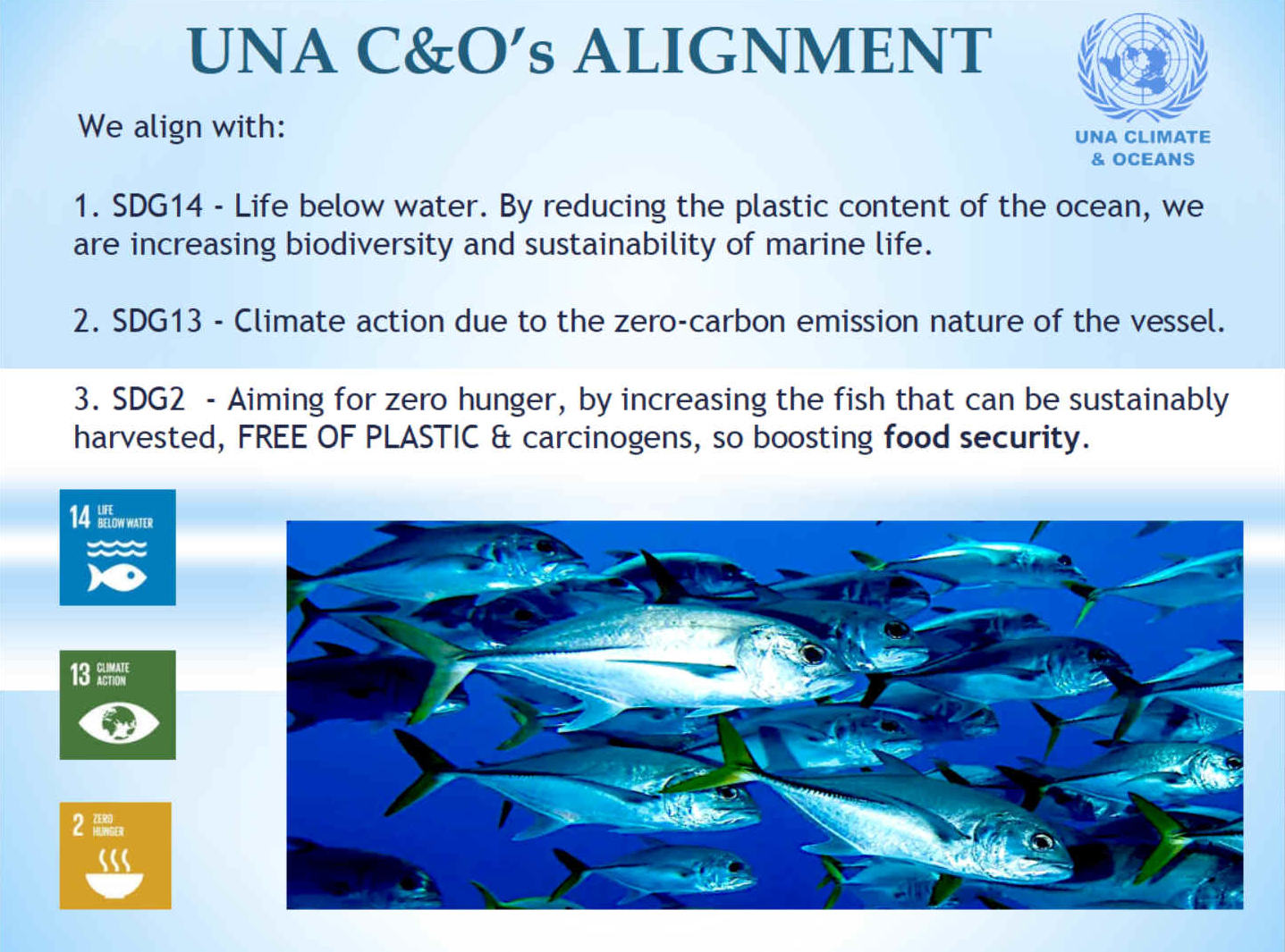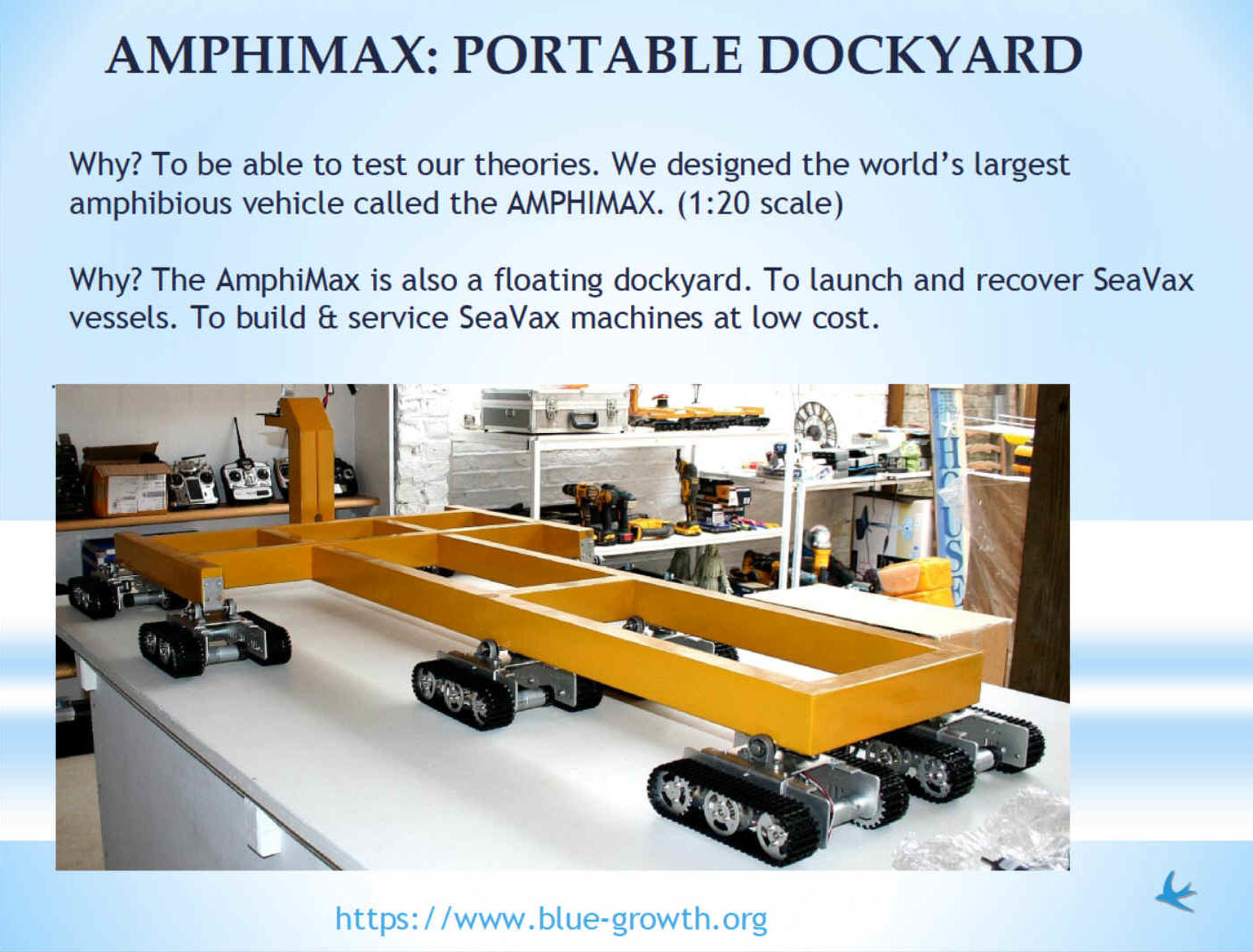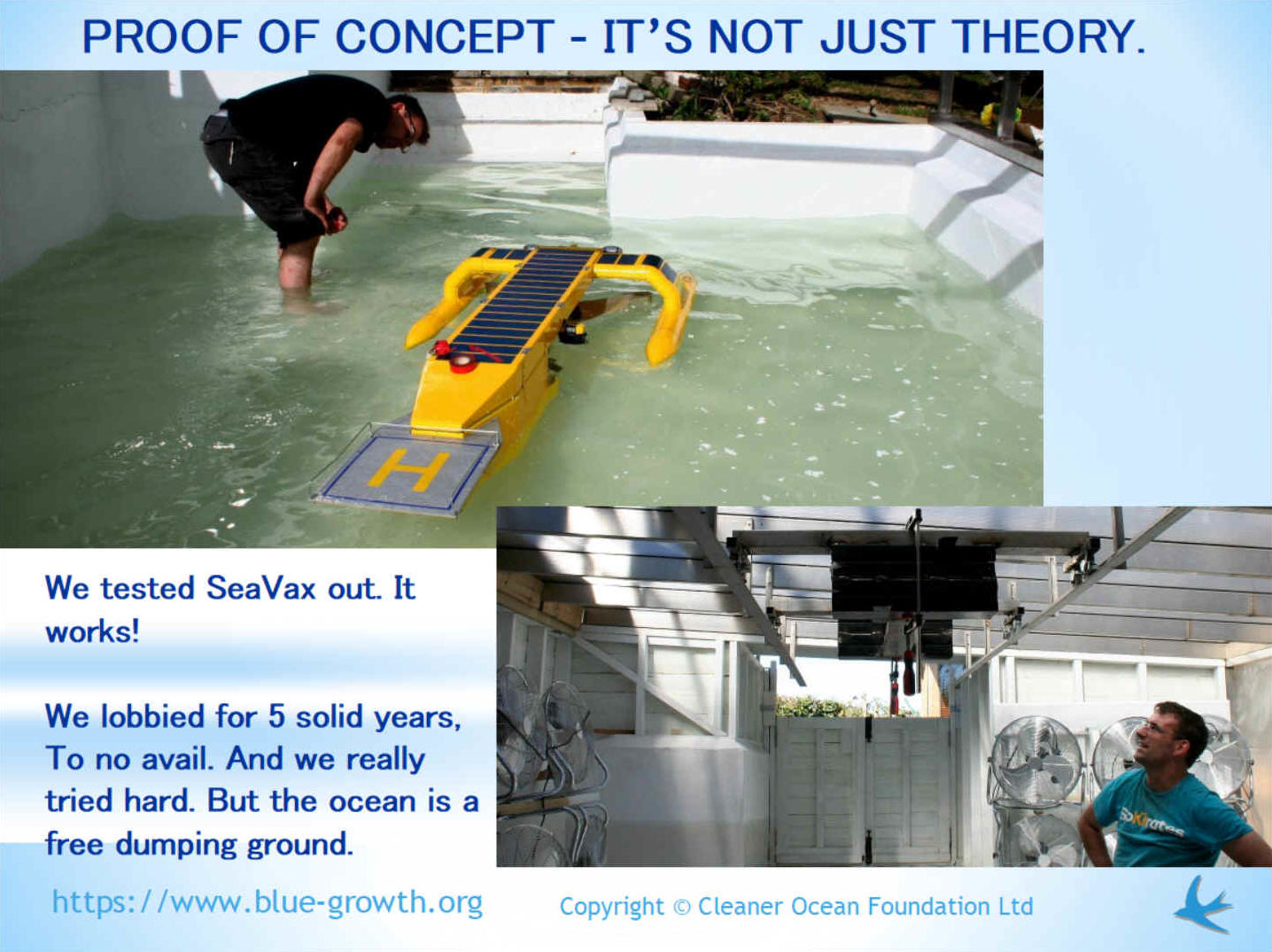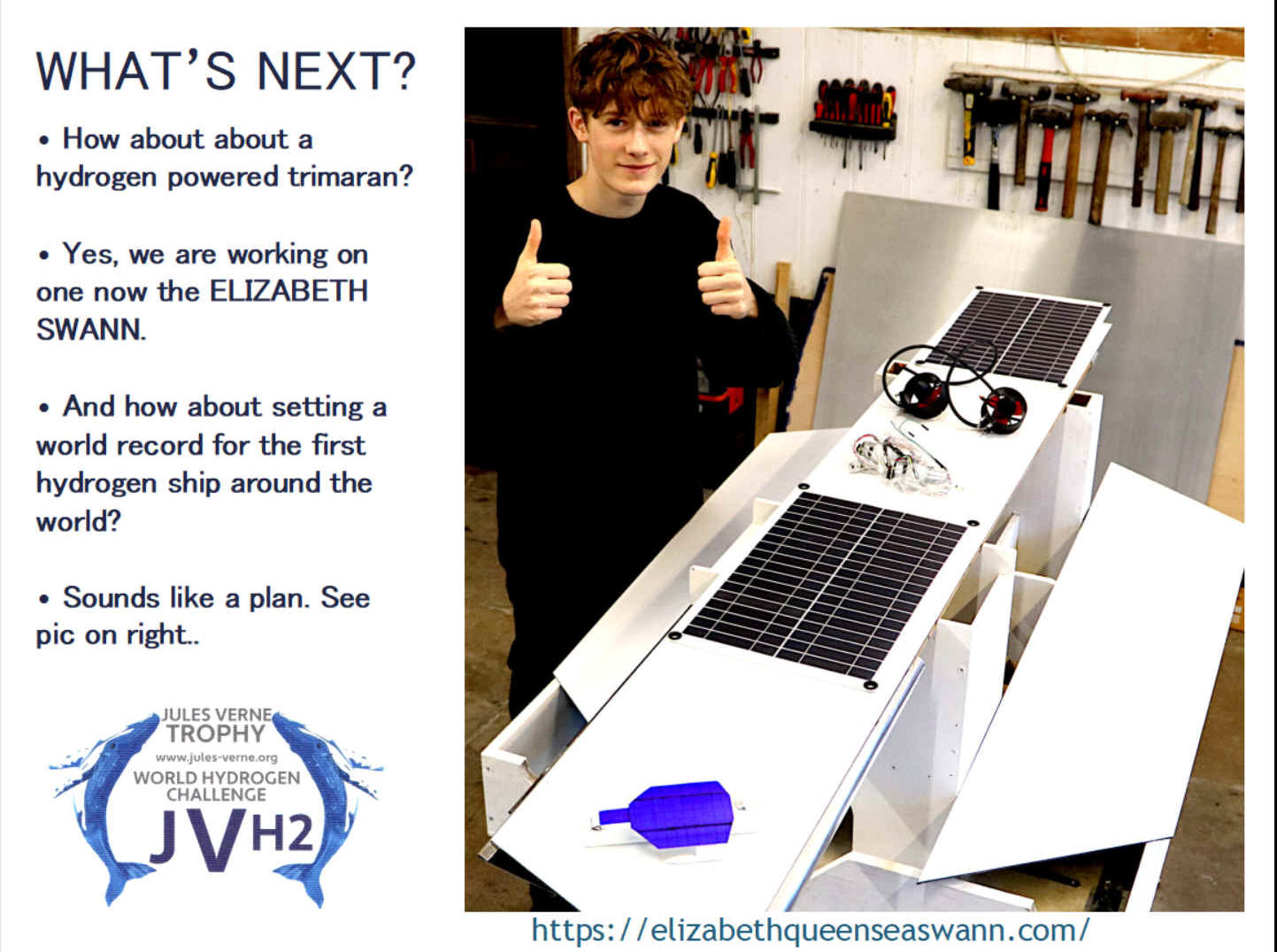|
UNA C&O OCEAN SYMPOSIUM - 18th NOVEMBER 2023
Please use our A-Z to navigate this site or return HOME
OCEAN AMBASSADOR - Leo Perrin is a student (volunteer) with the Cleaner Ocean Foundation. He will be presenting as a speaker at this prestigious event in Bexhill, on the 18th November 2003. He is mentored by Nelson Kay, (honorary VP).
Our
Foundation is grateful to everyone involved in organizing this
UNA event, with especial thanks to sponsors and in kind
contributors.
Antonio Guterres - UN Secretary General (pre-recorded message)
Out of sight, out of mind. Single use plastic packaging is bought by most of us every week. We simply cannot avoid it. Supermarkets love the stuff. Once you've opened your food package, you chuck the packaging into a bin and forget about it. Every week or two, a council bin picks up the trash, and you don't give it a second thought. A lot of this plastic ends up in landfill sites. Quite a bit is exported to Asia for processing, where it is simply dumped, untreated, into rivers. So finds its way out to sea.
So, all those bottles and caps, are attractive to seabirds, and whales and sea turtles get tangled in discarded fishing nets and ropes. You never see any of this. You just buy your food from supermarkets, without thinking that you are killing thousands of animals every day. Just by not caring. Or, just turning a blind eye to the problem. Excusing yourself, because, there is nothing much you can do about it. Around 48% of the Great Pacific gyre is fishing nets. Roughly 10% of all plastic in the ocean, is discarded fishing gear.
Just how big is the problem. What is the size of the challenge? It is enormous. The world is covered in water. Roughly 70%, or 138 million square miles. The ocean is vast. How then might it be possible to vacuum the seas clean, with constantly revolving currents, distributing plastic far and wide. Mainly, accumulating in 5 gyres. It is estimated that about 14 million tons of plastic is dumped in the ocean each year.
Is there a solution? By way of an example, the SeaVax was designed to operate in satellite controlled fleets. Each machine holds up to 150 tons of plastic garbage. In ideal conditions, it can fill up twice every day. 300 such machines can catch over 30,000,000 million tons every year. Or, twice the plastic being dumped in the sea. That is the theory. Nobody will ever know if it will work, unless somebody gives it a whirl. The SeaVax team spent five years lobbying for funds between 2016 and 2021. Three Horizon 2020 applications were made, and two to the UK. Yes, Brexit may have had something to do with not properly considering this as a solution in European circles. But, in reality, it costs nothing to dump plastic in the ocean. There are no penalties. It is a free dumping ground for our fast food lifestyles. And, nobody is going to pay to clean up their mess. Everybody wants a free lunch.
How does it work? SeaVax used three stages of filtration, so that the machines do not eat wildlife such as plankton or fish. The world's largest vacuum cleaner is an artificially intelligent robotic dustcart, that sorts marine litter out, and stores it in a 150 ton hopper, ready to be pumped off; unloaded at sea. So that the fleet is always out there, working hard to eradicate one of the biggest man-made tragedies of our time. Out of sight, out of mind.
Three hundred SeaVax machines, all gobbling up ocean plastic at the rate of over 150 tons a day, presents us with a logistical problem. How do we get from the ocean cleaning drones, to dry land, without taking the dustcarts out of service? The answer is a fleet of converted Panamax container ships. These ships cruise the 5 gyres, at logical pickup points, where satellites tell the autonomous harvesters, the plastic is rich pickings. How much do you think this system is worth to the ocean's Blue Economy? Well, it's not millions, it is $billions of dollars in healthier fish, and reduced 'suffering' of marine wildlife.
This is how we (propose) transferring plastic from one vessel to another. Drawn to scale, SeaVax machines can couple with converted container ships. Then, pump off their plastic load. A special coupling is needed to compensate for rough seas. It was proposed, that these converted (Panamax) container ships, might also be factory ships. They are inexpensive on the open market, when their engines are worn out, around £5,000. We'd suggested converting to solar power, with green hydrogen boost for dashes to ports. A fairly straightforward operation if using pods. Just throw away the old diesel units.
One of the keys to effective fishing for plastic waste and discarded fishing nets, is the use of satellites to spot the plastic, and direct the SeaVax and Panamax service ships, to where the plastic soup is worth the bother of harvesting. In return for directing the ocean dustcarts to the rich concentrations of marine litter, the SeaVax machines would share geodata, confirming to the satellites what they had actually spotted from space. The system would then be self tuning. Slowly refining searches, to make operation of the world's largest vacuum cleaners, more efficient. In line with sustainability development goals, and the quest for a circular economy.
How does SeaVax and SeaNet align with the United Nations' sustainability goals? SDG2 is in connection with food security, in the effort to eliminate hunger. Solar and hydrogen powered vessels, falls to be considered under Climate Action, since SeaVax operates on renewable energy. Finally, by helping to keep the ocean clean, SeaVax and SeaNet working together, improves the health of our seas, by extracting PCB's and other carcinogenic plastics, and of course preventing fish, seabirds and whales - from ingesting garbage. Also, removing nasty ghost fishing nets, that are suffocating millions of marine animals.
AmphiMax is a low cost portable dockyard, the world's largest amphibious vehicle. It can be parked on any suitable beach, when a SeaVax might be assembled from subassemblies. Fitted out with command and control robotics, then launched. This would mean SeaVax could be made anywhere, launched and recovered, for servicing. The system reducing the cost of producing some 300 drone vessels to form an effective SeaNet system. We built and tested a fully working radio controlled proof of concept model at 1:20 scale.
This is not just a wild theory. We tested it and it works. We built our own water tank (Basin), laced it with plastic particles of various sizes, and switched SeaVax on. About five munutes later, the plastic in the tank had been harvested. The system simply needs to be upscaled and equipped with autonomous robotic controls. Having proved the concept, we then lobbied for five solid years to raise the money to build a seagoing prototype. the problem being, all the G20 want a free lunch. They did not want to pay to clean up their mess. Lucrative waste disposal contracts, may have had a part to play. But, in Asia, they import plastic waste from Europe, then dump it in their rivers, when it floats out to sea. SeaVax volunteers gave up five years of their lives, in trying to get SeaVax off the ground. Big thanks to everyone who lent a hand. The easiest way to beat plastic pollution, is to stop using plastic. Why not use bio-compostable substitutes? Why not ban single use plastic that is not biodegradable?
Okay, so we lost a lot of money trying to develop ocean cleaning machines. And yes, we were forced to pull the plug to avoid insolvency. But, where there is a half way reasonable chance of breaking even, our philanthropic backers and volunteers are more than keen to give it another go, but only on that basis. This time promoting green hydrogen as the fuel of the future. Attempting to prove (proof of concept) that hydrogen ships can be faster than equivalent diesel ships.
Not wanting SeaVax to be for naught. We decided to continue our work on green hydrogen and solar powered ships. This is the same technology used in SeaVax. So, we are still working on shared innovation. The difference being that the Elizabeth Swann project is more appealing to the shipping and yachting world, where the International Maritime Organization (IMO) has set clean air targets. The IMO in an arm of the United Nations. The idea is to prove that ships powered by hydrogen can be just as fast, if not faster on blue water voyages, than diesel powered equivalents.
The Cleaner Ocean Foundation created the "Jules Verne Hydrogen Trophy" or JVH2, to encourage other boating enthusiasts to compete for a renewable energy "Blue Ribbon." We are competing ourselves, at present looking for a skipper reasonably local to our HQ.
LINKS & REFERENCE
https://rsaqua.co.uk/
This website is provided on a free basis as a public information service. Copyright © pictures by Cleaner Oceans Foundation Ltd (COFL) (Company No: 4674774) 2023. Solar Studios, BN271RF, United Kingdom. COFL is a charity without share capital.
|
